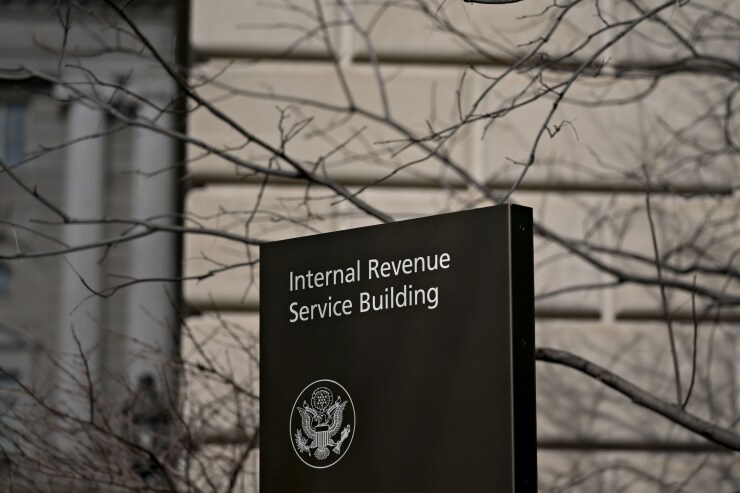The Internal Revenue Service is adjusting the limits for health savings accounts and high deductible health plans for inflation in new guidance Monday.
The IRS regularly updates the inflation-adjusted amounts for HSAs and HDHPs on an annual basis, but this year the update comes amid growing concerns about inflation after a year of stimulus-related spending to blunt the economic fallout from the COVID-19 pandemic. As prices increase on many consumer staples, in part due to supply chain issues arising from the pandemic, in addition to natural disasters, hiring shortages and events like the recent ransomware attack on Colonial Pipeline, the Federal Reserve and the Treasury Department are carefully monitoring economic data for signs of inflation due to an overheated economy.

So far, Biden administration officials have been dismissing inflation fears, although Treasury Secretary Janet Yellen said last week that the Fed may have to raise interest rates to make sure the economy doesn’t overheat, raising investor concerns before she clarified her comments. "I don't think there's going to be an inflationary problem, but if there is, the Fed will be counted on to address them," she said.
For plan years beginning in 2022, the IRS said the maximum amount that may be made newly available for the plan year for an “excepted-benefit HRA” is $1,800. The revenue procedure is effective for HSAs for 2022 and for excepted-benefits HRAs for plan years starting in 2022.
An excepted-benefit HRA is a relatively new kind of health reimbursement arrangement that started in January 2020 and enables employees to use pre-tax dollars for vision, dental, pharmaceutical and other types of benefits separate from their main health insurance plan.





